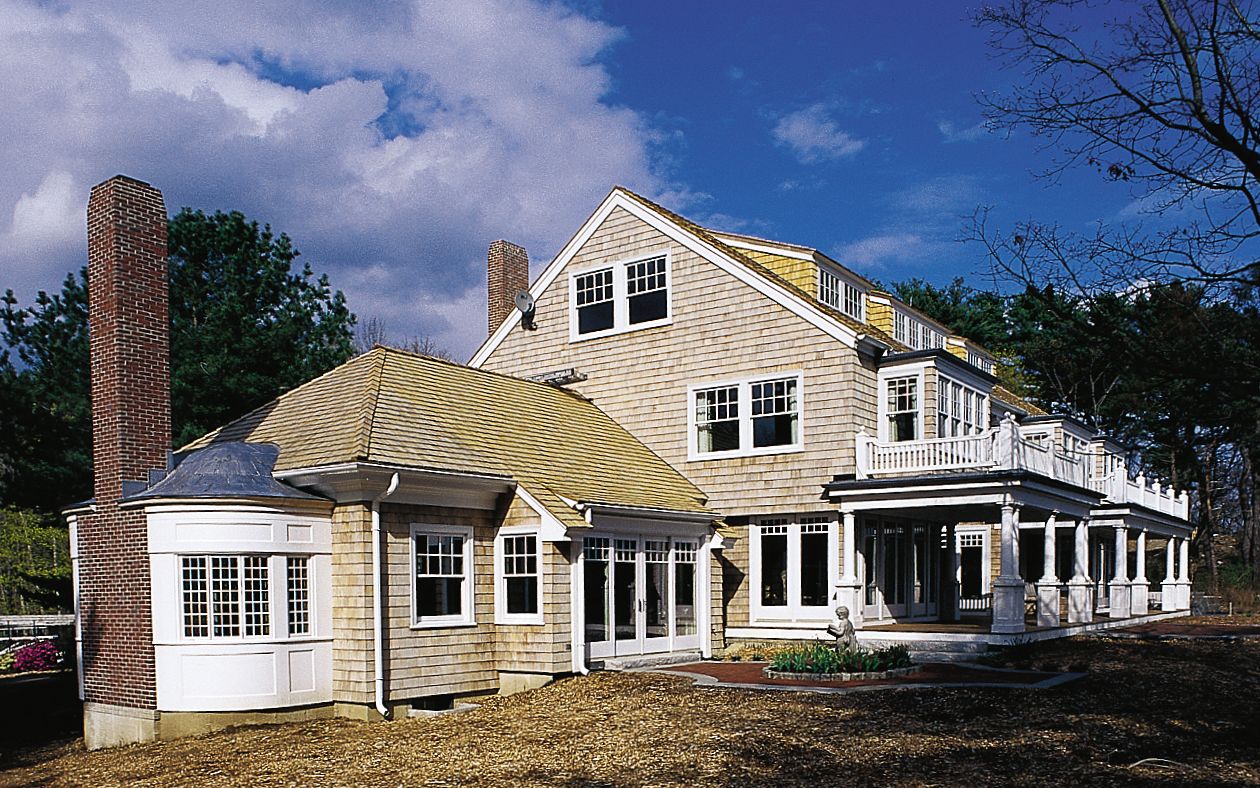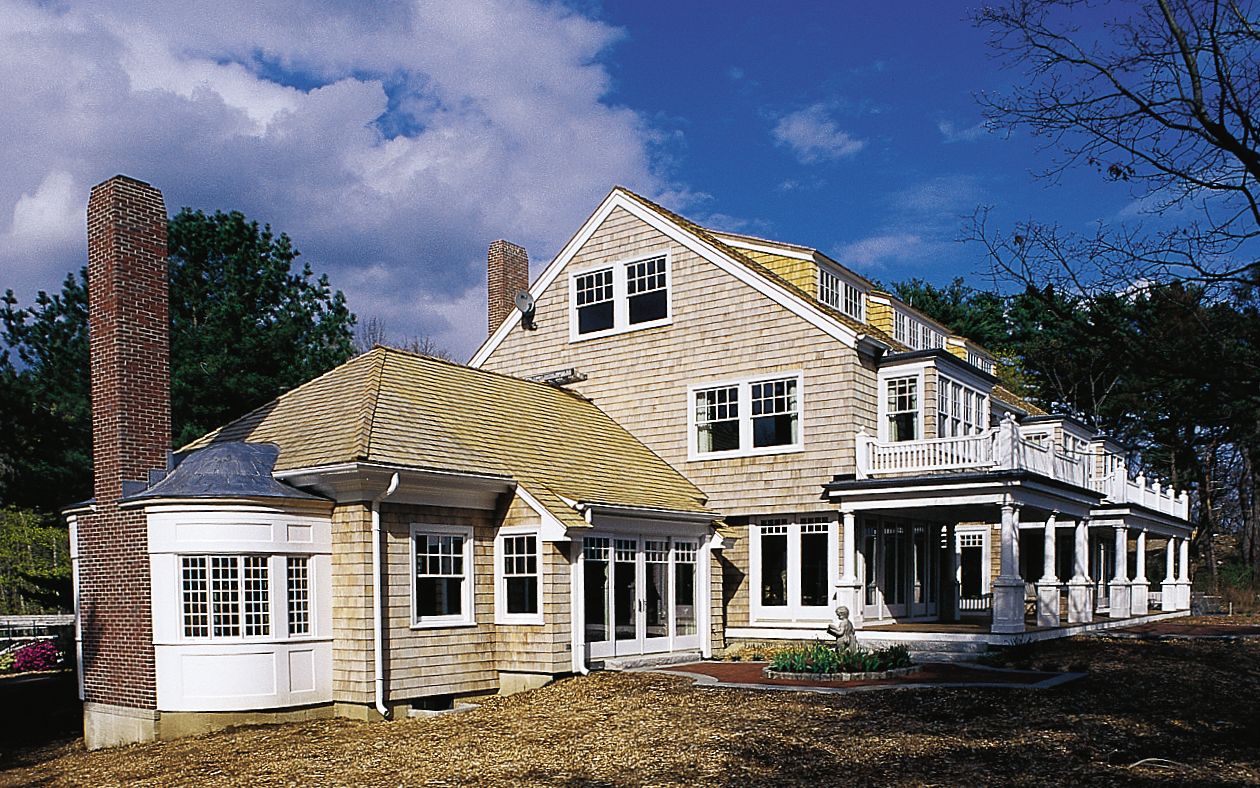
When our subject house in Manchester was simplified back in 1979, one of the most significant changes to its old-fashioned look was the loss of its five dormers. They were no doubt deemed stylistically unsympathetic to the contemporary look the architect was going for; they were also most likely in poor shape.
“Dormers are like little houses,” observes general contractor Tom Silva. “They have their own roofs, walls and windows, and if you don’t take care of them like you would your main house, they’ll fail.” In fact, given their exposure up on the roof, they often take even more abuse than the main house — and being so hard to reach, they are all the more likely to be neglected, their maintenance postponed.
So it was no surprise, when we opened up the third-floor ceilings, to find evidence of water damage around the still-present frames of the former dormers, especially at the north-facing ones, which received the harshest weather over the years. And just as architect Steve Holt is determined to give the house back its dormered character, so too is Tommy to make sure these new dormers don’t give the McCues or subsequent owners any reason to take them off again due to failure.
As for character, restoring the dormers has given the house back its historic beauty in spades. On the ocean side, three shed dormers march along in differing sizes — small, large, small — just like at the turn of the century, right down to the quirky inconsistency of their muntin patterns. Out at the driveway-side of the house, the two restored dormers give back symmetry to the central section of the building, balancing out on either side of the ornate portico. As if in answer to that ornateness, these two dormers are eye-catching, with bow-shaped roofs and casement windows. So uncommon is their design that Steve Holt had to do a little digging to name them: gabled dormers sporting roofs with a cyma (from the Latin for “wave or billow”) profile. Cyma recta, to be specific.
As for durability, Tom has as usual built for the ages. He and the crew discovered that the original dormer openings — formed by double rafters on the sides and headers and plates top and bottom — were compromised (the rafters were cracked and in a few places rotting), so they rebuilt them to code and then some. After sheathing each new frame with 3/4-inch exterior plywood, they covered the entire structure with the same waterproofing bituminous membrane used across the roof, ensuring any nail holes would be sealed and any stray water shed. The aluminum-clad windows with factory-applied finish came next, and then they finished the shed dormers off with the same 50-year-waranteed yellow-pine shingles as on the roof, with step flashing of lead-coated copper. The front dormers got roofs of flat-seam lead-coated copper, and their cheek walls were covered with glued-up horizontal strips of 1×6 expanded polyurethane boards.
The word dormer comes from the French for “to sleep,” which makes sense, since they’re often found in top-floor bedrooms. The McCues’ third floor has gone from a cramped space with skylights at face level to a whole new, roomy, light-filled world. They plan to use one room for making art and the other for an exercise room. Among the This Old House crew there are those who would, if it were theirs, immediately claim the whole floor for a master suite. Either use is quite a compliment to the space, and it just goes to show the transformative powers of dormers.

